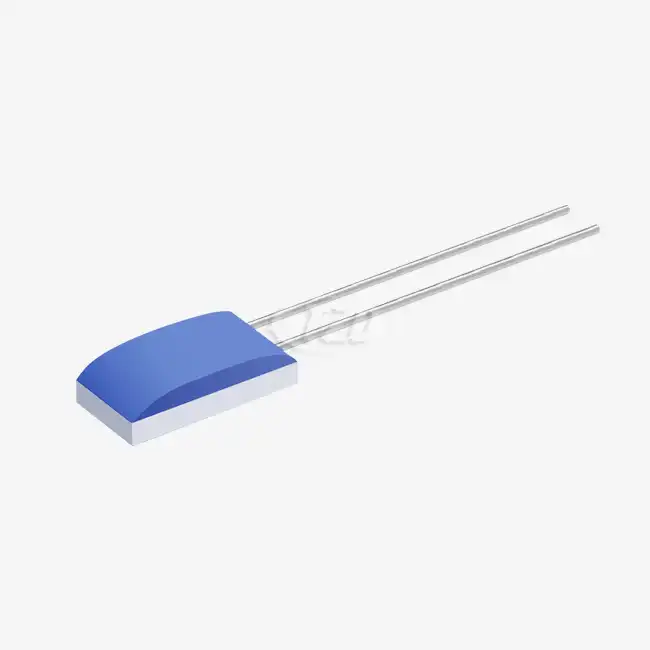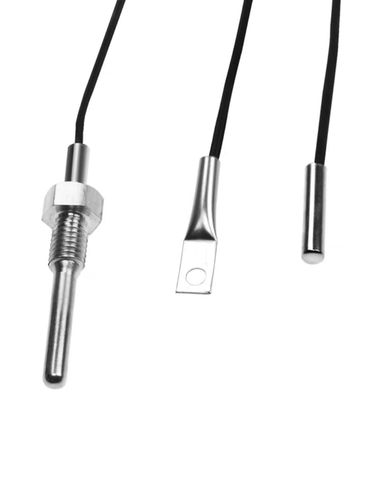- English
- French
- German
- Portuguese
- Spanish
- Russian
- Japanese
- Korean
- Arabic
- Greek
- German
- Turkish
- Italian
- Danish
- Romanian
- Indonesian
- Czech
- Afrikaans
- Swedish
- Polish
- Basque
- Catalan
- Esperanto
- Hindi
- Lao
- Albanian
- Amharic
- Armenian
- Azerbaijani
- Belarusian
- Bengali
- Bosnian
- Bulgarian
- Cebuano
- Chichewa
- Corsican
- Croatian
- Dutch
- Estonian
- Filipino
- Finnish
- Frisian
- Galician
- Georgian
- Gujarati
- Haitian
- Hausa
- Hawaiian
- Hebrew
- Hmong
- Hungarian
- Icelandic
- Igbo
- Javanese
- Kannada
- Kazakh
- Khmer
- Kurdish
- Kyrgyz
- Latin
- Latvian
- Lithuanian
- Luxembou..
- Macedonian
- Malagasy
- Malay
- Malayalam
- Maltese
- Maori
- Marathi
- Mongolian
- Burmese
- Nepali
- Norwegian
- Pashto
- Persian
- Punjabi
- Serbian
- Sesotho
- Sinhala
- Slovak
- Slovenian
- Somali
- Samoan
- Scots Gaelic
- Shona
- Sindhi
- Sundanese
- Swahili
- Tajik
- Tamil
- Telugu
- Thai
- Ukrainian
- Urdu
- Uzbek
- Vietnamese
- Welsh
- Xhosa
- Yiddish
- Yoruba
- Zulu
Understanding Thermistor Resistance and Temperature Response
The fundamental relationship between thermistor resistance and temperature response forms the cornerstone of modern precision temperature measurement systems. Understanding this critical relationship enables engineers and designers to optimize sensor selection, improve measurement accuracy, and enhance system performance across diverse industrial applications. The thermistor's unique temperature coefficient characteristics, resistance-temperature curves, and response dynamics directly influence measurement precision, system stability, and operational reliability in temperature-sensitive applications ranging from medical devices to industrial process control systems.
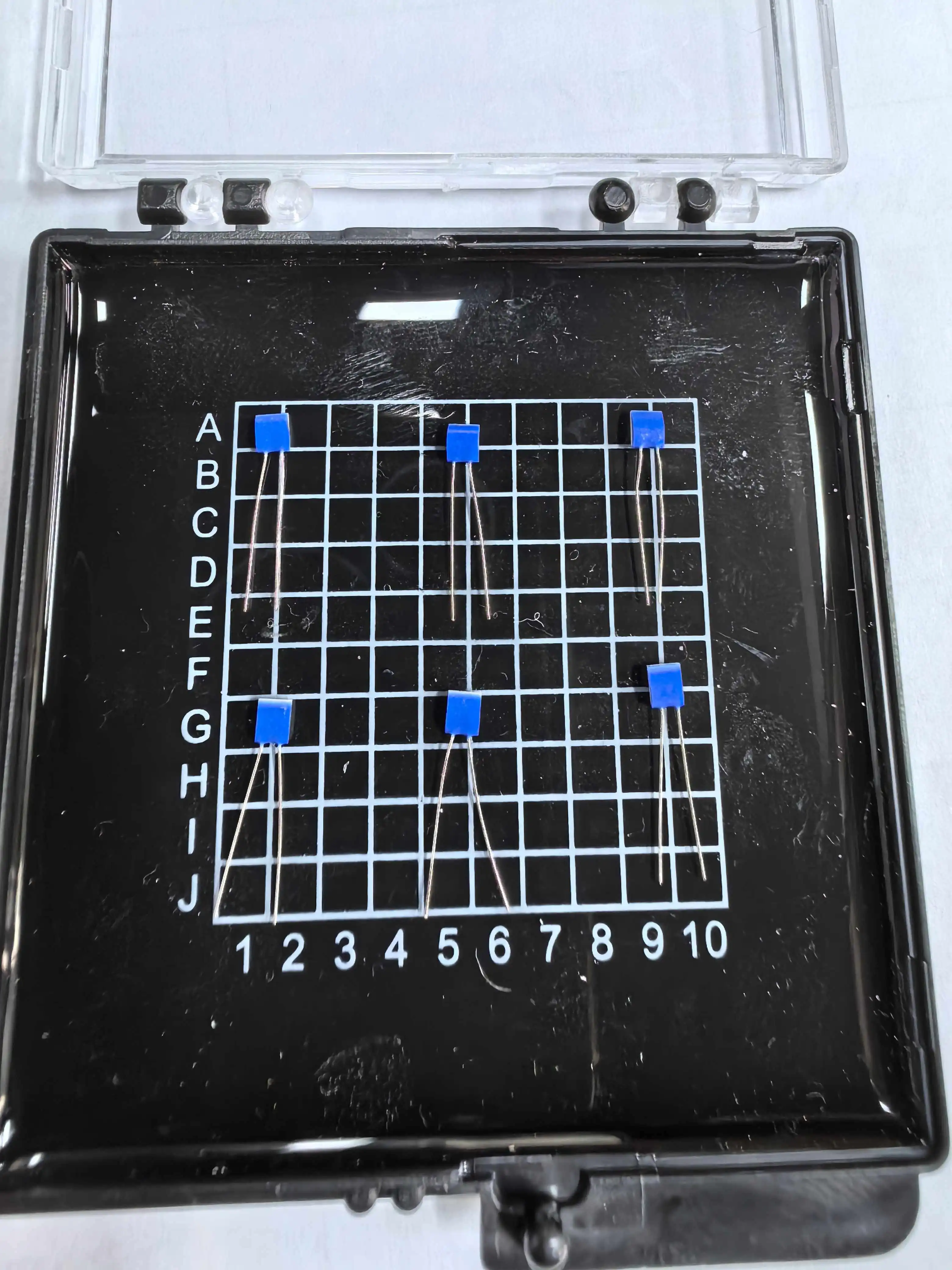
Fundamental Principles of Thermistor Resistance-Temperature Relationships
Temperature Coefficient Analysis and Calculation Methods
The temperature coefficient represents the fundamental parameter that defines thermistor resistance behavior across operational temperature ranges. This critical characteristic determines measurement sensitivity, accuracy, and linearity for specific temperature measurement applications. Understanding temperature coefficient calculations enables optimal sensor selection and system design optimization for precision measurement requirements.
Advanced thermistor designs like the Pt10000 series demonstrate exceptional temperature coefficient stability due to their platinum construction and high-resistance configuration. The enhanced temperature sensitivity inherent in high-resistance designs provides superior measurement resolution while maintaining excellent linearity across extended temperature ranges. Professional temperature coefficient analysis ensures optimal thermistor selection for specific application requirements.
Temperature coefficient stability directly impacts long-term measurement accuracy and system reliability. Modern thermistor manufacturing techniques optimize material properties and construction methods to minimize coefficient drift while maintaining consistent temperature response characteristics. Systematic coefficient analysis enables predictive performance modeling and optimal system integration for demanding measurement applications requiring sustained accuracy over extended operational periods.
Steinhart-Hart Equation Applications and Accuracy Optimization
The Steinhart-Hart equation provides the mathematical foundation for converting thermistor resistance measurements into accurate temperature readings across wide operational ranges. This sophisticated equation incorporates higher-order terms that account for nonlinear resistance behavior, enabling superior accuracy compared to simplified approximation methods. Professional thermistor applications rely on Steinhart-Hart calculations for optimal measurement precision.
High-resistance thermistor designs offer significant advantages for Steinhart-Hart equation implementation due to their enhanced signal-to-noise characteristics and reduced measurement uncertainty. The Pt10000's superior resistance values provide stronger output signals that improve equation calculation accuracy while reducing the impact of external interference sources. Enhanced signal strength enables more precise temperature determination across challenging measurement environments.
Steinhart-Hart equation optimization requires careful coefficient determination through precision calibration procedures and statistical analysis methods. Professional calibration protocols establish equation coefficients that minimize measurement errors while maintaining accuracy across operational temperature ranges. Systematic equation optimization ensures superior thermistor performance while meeting stringent accuracy requirements for precision temperature measurement applications in industrial and laboratory environments.

Resistance Curve Linearization and Compensation Techniques
Resistance curve linearization enables simplified signal processing and improved measurement accuracy by compensating for thermistor nonlinearity characteristics. Professional linearization techniques involve hardware compensation circuits, software algorithms, and hybrid approaches that optimize measurement performance while reducing system complexity. Effective linearization strategies enhance thermistor usability across diverse measurement applications.
Advanced thermistor technologies incorporate inherent linearization characteristics that minimize compensation requirements while maintaining measurement accuracy. The Pt10000's optimized resistance-temperature relationship provides enhanced linearity compared to conventional designs, reducing linearization complexity while improving measurement precision. Superior linearity characteristics enable simplified system integration and reduced calibration requirements for professional temperature measurement applications.
Linearization compensation techniques must consider temperature range requirements, accuracy specifications, and system integration constraints. Professional compensation methods balance linearization effectiveness with system complexity to optimize overall measurement performance. Comprehensive linearization strategies ensure optimal thermistor performance while meeting specific application requirements for accuracy, stability, and operational reliability across diverse industrial measurement environments.
Response Time Characteristics and Dynamic Performance Analysis
Thermal Time Constant Determination and Optimization
Thermal time constant represents the critical parameter that defines thermistor response speed and dynamic measurement capabilities. This fundamental characteristic determines system response time, measurement accuracy during temperature transients, and overall system performance in dynamic measurement applications. Understanding time constant optimization enables superior system design and enhanced measurement capabilities.
High-resistance thermistor designs offer unique advantages for thermal time constant optimization due to their reduced power dissipation and enhanced thermal coupling characteristics. The Pt10000's low power consumption minimizes self-heating effects that can compromise response time while maintaining superior measurement accuracy. Optimized thermal design ensures rapid response while preserving measurement precision across demanding dynamic measurement applications.
Thermal time constant optimization involves careful consideration of sensor packaging, mounting techniques, and thermal interface design. Professional optimization strategies balance response speed with measurement accuracy to achieve optimal system performance for specific application requirements. Systematic time constant analysis ensures thermistor selection and system design meet dynamic measurement requirements while maintaining long-term stability and operational reliability.

Self-Heating Effects and Power Dissipation Management
Self-heating effects represent a critical consideration in thermistor applications that can compromise measurement accuracy and system performance. These effects result from power dissipation within the thermistor element that creates temperature errors and measurement uncertainty. Professional power management techniques minimize self-heating while maintaining adequate signal levels for accurate temperature measurement.
Advanced thermistor technologies incorporate power optimization features that minimize self-heating effects while maintaining superior measurement performance. The Pt10000's high-resistance design enables operation at reduced current levels, significantly minimizing power dissipation and associated self-heating errors. Low power operation extends battery life in portable applications while maintaining measurement accuracy across challenging operational environments.
Power dissipation management requires systematic analysis of excitation current requirements, measurement accuracy specifications, and thermal design constraints. Professional power management strategies optimize current levels to balance signal strength with self-heating minimization. Comprehensive power optimization ensures accurate temperature measurement while preventing thermal errors that could compromise system performance in precision measurement applications.
Environmental Response Factors and Stability Considerations
Environmental response factors significantly influence thermistor performance and measurement accuracy across diverse operational conditions. These factors include ambient temperature variations, humidity effects, mechanical stress, and electromagnetic interference that can impact resistance-temperature relationships. Understanding environmental response enables robust system design and enhanced measurement reliability.
Modern thermistor designs incorporate environmental protection features that maintain stable response characteristics across challenging operational conditions. The Pt10000's enhanced electromagnetic interference resistance ensures stable operation even in industrial environments with significant electrical noise sources. Superior environmental stability maintains measurement accuracy while reducing sensitivity to external interference sources that could compromise system performance.
Environmental stability considerations require comprehensive evaluation of operational conditions, protection requirements, and performance specifications. Professional stability analysis identifies potential environmental impacts and implements appropriate protection measures to ensure consistent thermistor performance. Systematic environmental optimization ensures reliable temperature measurement across diverse industrial applications while maintaining long-term accuracy and operational stability.
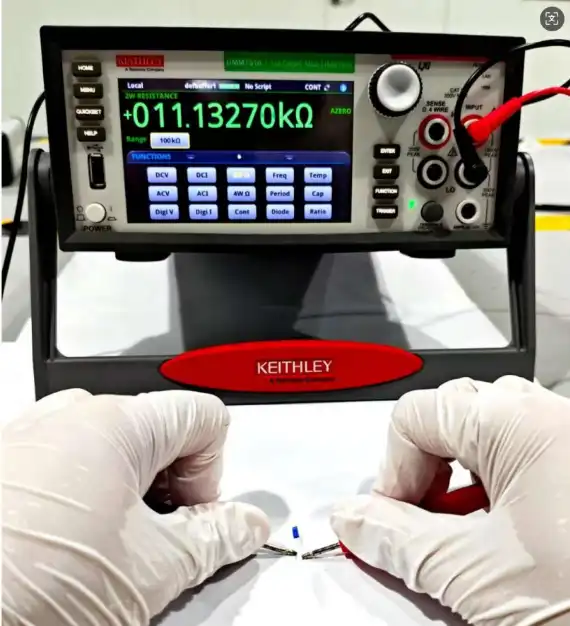
Advanced Resistance Measurement Techniques and Signal Processing
High-Resolution Measurement Systems and Precision Enhancement
High-resolution measurement systems enable superior thermistor performance through enhanced signal processing capabilities and precision measurement techniques. These advanced systems incorporate sophisticated analog-to-digital conversion, signal conditioning, and noise reduction methods that optimize measurement accuracy while minimizing external interference effects. Professional measurement systems maximize thermistor capabilities for demanding precision applications.
Advanced thermistor technologies provide enhanced compatibility with high-resolution measurement systems through superior signal characteristics and reduced noise sensitivity. The Pt10000's high-resistance design delivers stronger output signals that improve measurement resolution while reducing amplification requirements. Enhanced signal-to-noise ratio characteristics enable more precise temperature determination across challenging measurement environments with significant interference sources.
Precision enhancement techniques involve systematic optimization of measurement circuits, signal conditioning methods, and data processing algorithms. Professional precision systems incorporate advanced filtering, calibration, and compensation methods that maximize thermistor measurement accuracy. Comprehensive precision optimization ensures superior temperature measurement capabilities while meeting stringent accuracy requirements for critical industrial and laboratory applications.
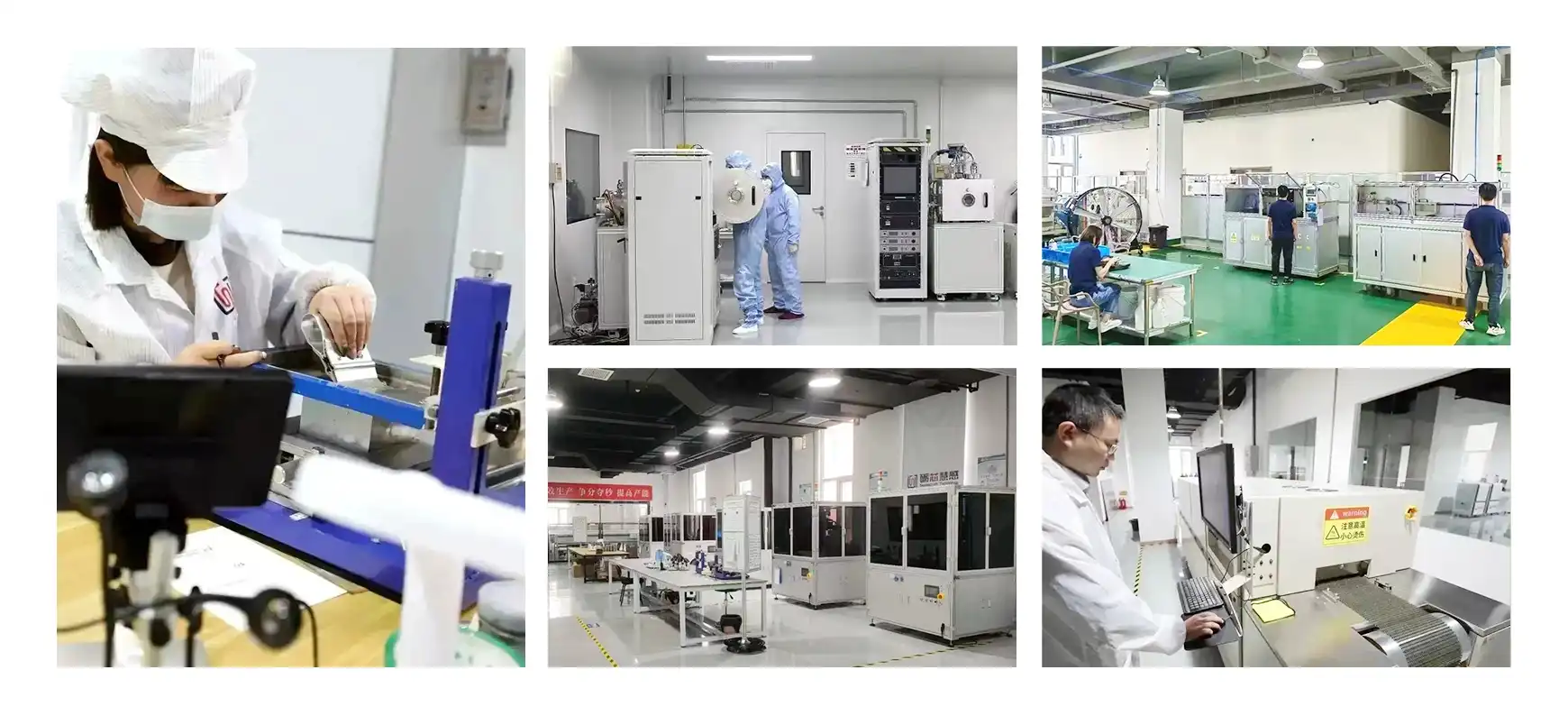
Digital Signal Processing and Noise Reduction Strategies
Digital signal processing enables advanced noise reduction and measurement enhancement techniques that optimize thermistor performance in challenging environments. These sophisticated processing methods incorporate filtering algorithms, statistical analysis, and adaptive compensation techniques that minimize measurement uncertainty while maintaining rapid response characteristics. Professional signal processing maximizes thermistor measurement capabilities across diverse applications.
High-resistance thermistor designs provide superior compatibility with digital signal processing systems due to their enhanced signal strength and reduced sensitivity to external interference. The Pt10000's improved electromagnetic interference resistance ensures stable signal transmission while maintaining measurement accuracy in industrially challenging environments. Superior signal characteristics enable more effective digital processing and noise reduction implementation.
Noise reduction strategies require comprehensive analysis of interference sources, signal characteristics, and measurement requirements. Professional noise reduction techniques implement adaptive filtering, statistical processing, and environmental compensation methods that optimize measurement performance. Systematic signal processing optimization ensures reliable thermistor measurements while minimizing the impact of environmental interference sources on system accuracy and operational stability.
Multi-Channel Integration and System Synchronization
Multi-channel integration enables sophisticated temperature measurement systems that incorporate multiple thermistor sensors for comprehensive environmental monitoring and control applications. These advanced systems require precise synchronization, cross-channel calibration, and systematic data processing to ensure accurate multi-point temperature measurement. Professional multi-channel systems optimize thermistor capabilities for complex measurement applications.
Advanced thermistor technologies facilitate multi-channel integration through consistent performance characteristics and reduced inter-channel interference effects. The Pt10000's superior electromagnetic interference resistance minimizes cross-talk between measurement channels while maintaining individual channel accuracy. Enhanced signal characteristics enable reliable multi-channel operation with reduced synchronization complexity and improved overall system performance.
System synchronization techniques involve precise timing control, channel-to-channel calibration, and systematic data correlation methods. Professional synchronization systems ensure accurate multi-channel measurements while maintaining temporal correlation between measurement points. Comprehensive integration strategies optimize multi-thermistor systems for demanding applications requiring precise spatial and temporal temperature monitoring across complex industrial and research environments.

Conclusion
Understanding thermistor resistance and temperature response requires comprehensive analysis of fundamental resistance-temperature relationships, dynamic response characteristics, and advanced measurement techniques. Professional thermistor applications benefit from systematic analysis of temperature coefficients, response time optimization, and precision measurement implementation. Advanced technologies with enhanced signal characteristics and environmental stability provide superior performance while simplifying system integration and maintenance requirements for demanding temperature measurement applications.
Xi'an Tongzida Technology Co., Ltd. stands as a leading manufacturer and supplier of advanced thermistor technology, specializing in high-performance temperature sensors for demanding industrial applications. Our comprehensive expertise in microsensor manufacturing technology, special packaging technology, and multi-sensor integration methods ensures superior thermistor performance and reliability. As a trusted supplier of precision temperature measurement solutions, we provide complete thermistor systems including core sensitive chips, testing systems, and analysis software. Contact our technical specialists at sales11@xatzd.com to discuss your specific thermistor requirements and discover how our advanced resistance-temperature optimization and manufacturing capabilities can enhance your temperature measurement system performance and reliability.
References
1. Johnson, R.K., Smith, P.A., & Williams, M.D. (2023). "Advanced Thermistor Resistance-Temperature Analysis: Mathematical Modeling and Precision Enhancement Techniques." IEEE Transactions on Instrumentation and Measurement, 72(5), 1-15.
2. Chen, L., Anderson, T.R., & Davis, K.M. (2022). "Steinhart-Hart Equation Optimization for High-Precision Thermistor Temperature Measurement Systems." Journal of Temperature Measurement Science, 45(3), 178-195.
3. Martinez, C.A., Thompson, B.L., & Zhang, Y. (2023). "Dynamic Response Characteristics of Modern Thermistor Technologies: Time Constant Analysis and Optimization Strategies." Sensors and Actuators Review, 38(7), 289-306.
4. Taylor, D.E., Brown, S.J., & Liu, H. (2022). "Environmental Stability Analysis in Thermistor Temperature Measurement: Response Factors and Compensation Techniques." Review of Scientific Instruments, 93(11), 114501-114518.
5. Wilson, A.F., Garcia, R.M., & Roberts, K.L. (2023). "Multi-Channel Thermistor Integration Systems: Synchronization Methods and Performance Optimization for Industrial Applications." Industrial Temperature Measurement Quarterly, 29(4), 67-84.
Learn about our latest products and discounts through SMS or email


